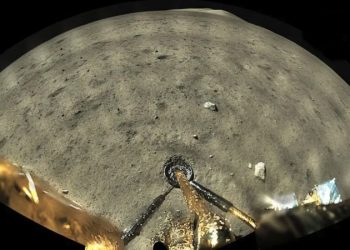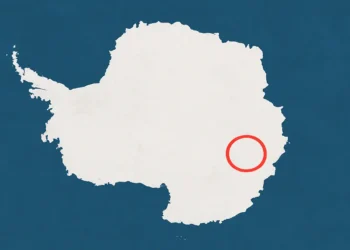Does the quantum theory of consciousness prove the soul returns to the universe? According to two leading scientists, consciousness may be more than a product of brain chemistry—it could be a quantum process that continues after death. If true, this theory may offer a scientific basis for the soul and suggest it doesn’t disappear but instead returns to the universe.
Is consciousness more than the brain?
The nature of consciousness has puzzled thinkers for centuries. From ancient philosophers to modern scientists, one question continues to provoke debate: what exactly happens to the human mind—or soul—after death? While traditional science often treats consciousness as a byproduct of brain activity, a bold and controversial theory argues otherwise.
Known as the quantum theory of consciousness, this idea suggests the brain is not just a biological organ, but a quantum processor—and that the essence of what we call the “soul” may survive physical death. Developed by physicist Sir Roger Penrose and anesthesiologist Dr. Stuart Hameroff, the theory blends neuroscience and quantum physics to explore one of humanity’s most enduring mysteries.
At the heart of this theory is a simple yet profound claim: consciousness is not confined to the brain, and when we die, it doesn’t end—it returns to the universe.
Microtubules and the fabric of the soul
In 1996, Penrose and Hameroff introduced what they called Orchestrated Objective Reduction, or Orch-OR. Their model proposes that consciousness arises from quantum-level activity inside microscopic structures known as microtubules, which are found within brain cells.
Unlike conventional explanations that rely solely on neurons and synapses, Orch-OR suggests that quantum vibrations within these microtubules are responsible for conscious experience. These vibrations interact with the fabric of space-time itself, connecting the brain to what the authors call the “proto-conscious” structure of the universe.
In a documentary interview for Through the Wormhole, Dr. Hameroff explained:
“Let’s say the heart stops beating. The blood stops flowing. The microtubules lose their quantum state. The quantum information within the microtubules is not destroyed, can’t be destroyed, and distributes and dissipates to the universe at large.”
This means that the information—the very essence of consciousness—may remain intact after death. If the individual is revived, that information could return to the body. If not, it may persist independently in the cosmos. According to Hameroff, this quantum information might be what we call the soul.
Does the soul survive death?
The implications of the quantum theory of consciousness are profound. If the theory is correct, consciousness exists not only within the brain, but also as part of the fundamental structure of the universe. In this view, death is not an end, but a transition—consciousness simply returns to its cosmic origin.
This idea resonates with many ancient beliefs, but unlike religious doctrine, Orch-OR attempts to describe the soul using physics. The theory proposes that quantum gravity effects within microtubules can cause wave-function collapses—moments of conscious experience—at incredibly small scales. These collapses happen continuously, and their accumulation is what we perceive as consciousness.
“The origin of consciousness reflects our place in the universe, the nature of our existence,” Hameroff and Penrose wrote in a joint review. “Our theory accommodates both views: consciousness as an evolved feature of the brain, and consciousness as fundamental to reality.”
The authors point to near-death experiences as potential evidence. When the brain stops, people often report vivid experiences—light, sound, memory, even a sense of peace. Under Orch-OR, this might be explained by quantum information briefly persisting outside the body.
Scientific controversy and growing support
Not everyone agrees. For over two decades, Orch-OR faced strong criticism from neuroscientists and physicists who argued that the brain was too warm and noisy for delicate quantum processes to survive. Critics dismissed the theory as speculative and untestable.
But in recent years, Penrose and Hameroff have published updates with fresh support. According to them, at least six out of twenty testable predictions from their 1998 paper have since been confirmed, and none have been disproven. In their latest review, they describe microtubule “qubits”—quantum bits of information—as helical pathways that may carry consciousness throughout the brain.
“After 20 years of skepticism, the evidence now clearly supports Orch-OR,” Hameroff wrote.
“From a practical standpoint, treating brain microtubule vibrations could benefit a host of mental, neurological, and cognitive conditions.”
If their model holds, it could radically reshape not only how we treat the mind, but how we understand life—and death.
A soul-shaped mystery at the edge of science
Whether the quantum theory of consciousness proves the soul returns to the universe remains uncertain. What it does offer, however, is a compelling bridge between science and spirituality—one that respects both logic and mystery. For Penrose and Hameroff, consciousness may be embedded not just in biology, but in the very structure of the cosmos itself.
In that light, the soul isn’t a poetic metaphor or religious idea—it may be a measurable, physical phenomenon. And death may not be the end, but a release.











